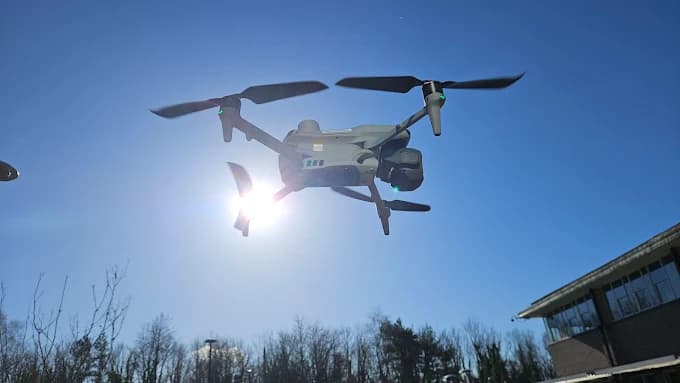
Flying a drone legally in Scotland in 2025 is less about the drone you own and more about diligent pre-flight planning—a lesson I've learned from years of flying commercially from the Borders to the Highlands.
This means going beyond the basic CAA rules. You need to know as a drone pilot how to check for temporary airspace restrictions and understand that a landowner's permission doesn't override aviation law.

It also means appreciating just how quickly a Highland glen can create its own weather, drastically affecting your battery life and ability to maintain visual line of sight.
Whether you're a hobbyist wanting to capture the stunning landscapes of the NC500 or a professional planning a survey in a complex urban area, this guide breaks down Scotland’s drone laws in 2025 with the practical, on-the-ground insights you need to fly with confidence.
30 Second Summary
- Drones weighing 250g-20kg require annual registration (£10.33) and operators must pass a free online theory test.
- Maximum flight altitude is 120m above ground level; maintain visual line of sight within 500m.
- Stay 50m away from people, vehicles, and buildings not under your control; 150m during takeoff/landing.
- Flying near airports, military sites, and royal residences requires special authorization from authorities.
- Violations carry penalties including fines up to £5,000, imprisonment up to 5 years, and drone confiscation.
Do I need a license or any qualifications to fly a drone in Scotland?
Whether you need a license to fly a drone in Scotland depends on how you're using it and how much it weighs.
For Recreational Flying
You'll need to register as a drone operator if your drone weighs between 250g and 20kg. This costs £10.33 annually and requires passing a free online theory test to obtain your Flyer ID. You'll need to be at least 18 years old to register.
For Commercial Flying
If you're flying commercially, regardless of weight, you'll need an Operator ID and must complete the A2 Certificate of Competency (A2 CofC) for certain operations. This qualification involves more comprehensive training and a formal examination.
My advice is that if you're even considering commercial work, the A2 CofC is the perfect place to start—it opens up a lot of possibilities without the much larger commitment of the GVC.
Drones under 250g used recreationally don't require registration, but you'll still need to follow the Drone Code and airspace regulations. All drone pilots in Scotland must adhere to UK Civil Aviation Authority rules, which apply throughout the United Kingdom, including Scottish airspace and territories.
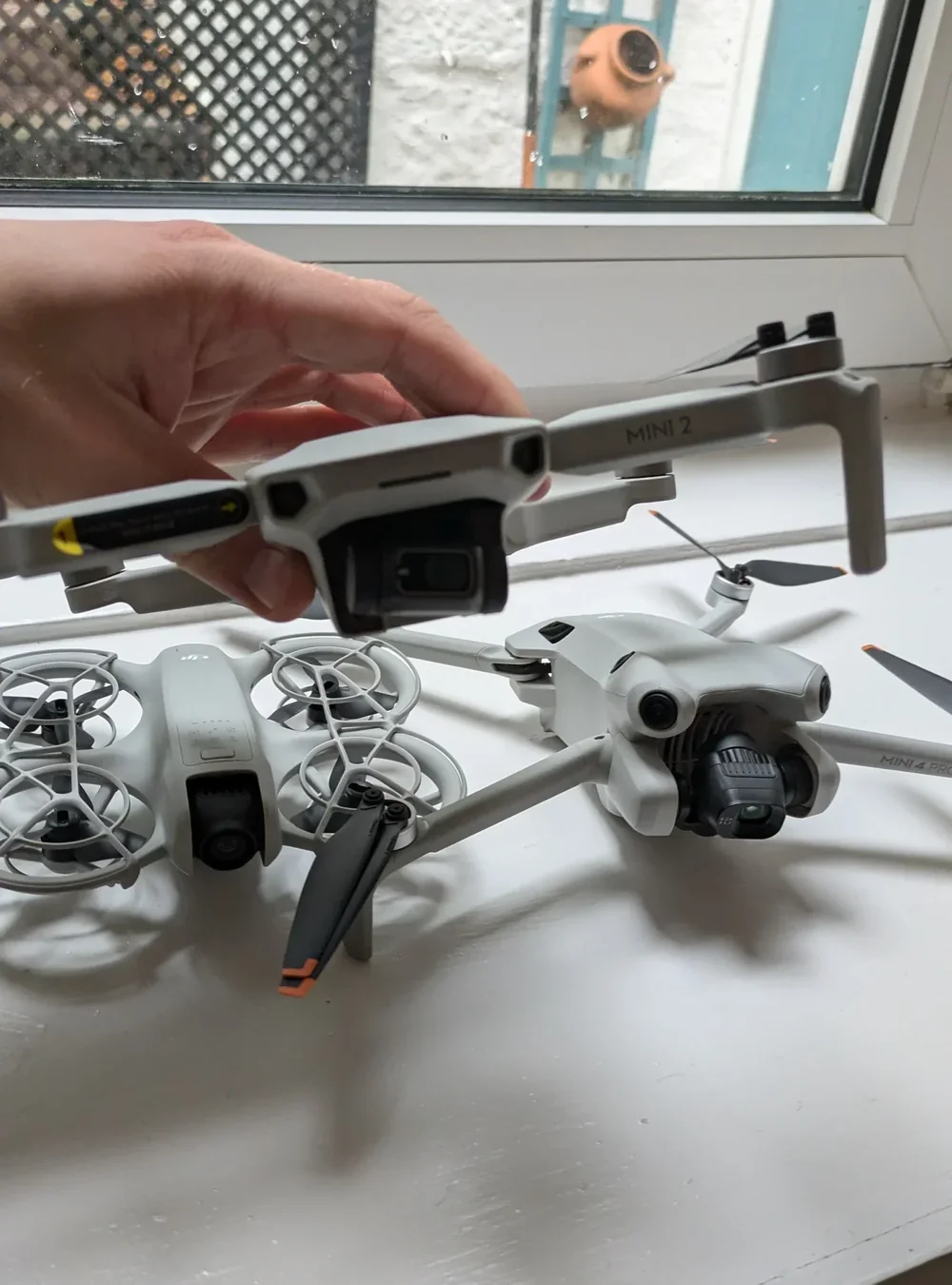
Are there different regulations if I'm using my drone for commercial work versus recreational flying?
Commercial and recreational drone use operate under distinctly different regulatory frameworks in Scotland.
While recreational flying has straightforward requirements, commercial operations demand more stringent compliance based on the risk of your flight.
For commercial work, the specific qualification you need depends on the operation. For lower-risk flights in the Open category, an A2 Certificate of Competency (A2 CofC) may be sufficient. However, for most complex commercial work that falls into the Specific category (e.g., flying in congested areas), you will need an Operational Authorisation from the CAA.
The standard qualification required to apply for this is the General Visual Line of Sight Certificate (GVC), which involves a theory exam and a practical flight assessment.
I can tell you from experience, the jump from the A2 CofC to the GVC is significant, involving detailed risk assessments and flight logs for every single operation.
Commercial drone operators also face stricter planning requirements, including risk assessments, and must have appropriate commercial insurance.
Do the rules change depending on the weight or class of my drone (e.g., under 250g)?
Your drone's weight and classification dramatically affect which rules apply to your flights.
Drones under 250g face fewer restrictions, requiring no operator ID in many recreational scenarios. However, you'll still need to follow basic safety rules and register if flying commercially. From my perspective, while these sub-250g drones are fantastic for their freedom, you have to be extra cautious with them in the unpredictable Scottish weather. A sudden gust of wind can take them away in a heartbeat.
Drones between 250g and 25kg fall into specific classes (C0-C4), each with distinct requirements. C0 drones (under 250g) can fly closer to uninvolved people than heavier models. C1 drones (under 900g) require operator competency, whilst C2 drones (under 4kg) demand additional pilot qualifications.
Heavier drones face stricter regulations. You'll need enhanced permissions and potentially a flyer ID regardless of purpose. Distance requirements from people increase substantially with weight.
Registration becomes mandatory for any drones over 250g or those equipped with cameras. You must display your operator ID on every drone you fly. Commercial operations require registration regardless of weight, including sub-250g models.
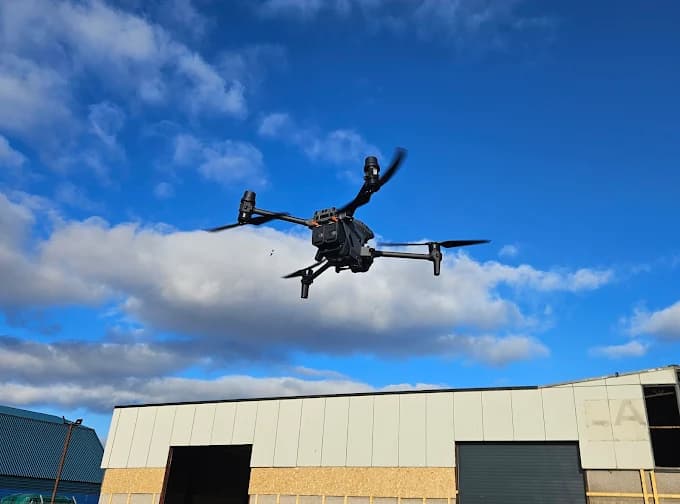
How do I register myself as a drone operator in Scotland?
Registering as a drone operator in Scotland is a straightforward online process managed by the UK Civil Aviation Authority. To get your Operator ID, follow these steps:
Visit the Website: Go to the CAA's official drone registration website and create an account.
Provide Information: You must be at least 18 years old to register. If you are younger, a parent or guardian must register on your behalf.
Pay the Fee: The annual registration fee is currently £10.33 for operators.
Receive Your ID: Once payment is complete, you will receive a unique operator ID (also called a flyer ID).
Display the ID: You must display this ID on all drones you own that weigh between 250g and 20kg. Your registration is valid for one year.
What are the basic rules on where I can and cannot fly my drone?
Scotland's drone laws establish clear geographical restrictions to protect public safety and privacy. Key rules include:
- 1
Proximity to People and Property: Stay at least 50 meters away from people, vehicles, and buildings not under your control. This distance increases to 150 meters during takeoff and landing.
- 2
Maximum Altitude: Do not fly higher than 120 meters (400 feet) above ground level.
- 3
Restricted Airspace: Flying in controlled airspace near airports (usually extending 5km from the boundary) is prohibited without specific authorization.
- 4
Congested Areas: You are strictly forbidden from flying over crowds, public gatherings, or built-up areas.
- 5
Special Authorization Zones: Be aware of national parks, military installations, and royal residences, which often require special permission to fly. Always check for temporary restrictions using an app like NATS Drone Assist.
- 6
Respect Privacy: Avoid flying over residential areas in a way that could intrude on someone's privacy.

How high and how far am I legally allowed to fly my drone?
Beyond knowing where you can operate your drone, you must understand the specific altitude and distance limits that keep your flights legal and safe.
You're legally restricted to flying your drone at a maximum altitude of 120 metres (400 feet) above ground level. This limit applies throughout Scotland and prevents interference with manned drones operating in controlled airspace above.
You must maintain visual line of sight (VLOS) with your drone at all times. This means you need to see it with your naked eye without binoculars or screens.
Typically, this restricts your horizontal distance to roughly 500 metres, though weather conditions and your drone's size affect actual visibility.
Take it from me, 500 metres is a long way, and your drone becomes a tiny speck very quickly, especially against a grey Scottish sky. I always keep my flights much closer than the maximum legal limit to ensure I never lose sight of it.
You can't fly beyond VLOS unless you've obtained specific permission from the Civil Aviation Authority and meet additional operational requirements. Flying at night requires A2 CofC certification and appropriate lighting on your drone. Always respect these boundaries—they're designed to protect airspace safety.
What are the laws about flying a drone over private property or near people?
Flying your drone over someone else's property doesn't automatically break aviation law, but you'll face strict regulations about how close you can operate near people.
You must maintain specific minimum distances based on your drone's weight and whether you're flying in the Open or Specific category. For drones under 250g, you can fly closer to uninvolved people but never directly over them. Heavier drones require greater separation distances, typically 30-50 meters from people not under your control.
You're prohibited from flying over crowds or gatherings regardless of your drone's weight.
While aviation law permits overflying private property, you'll still need to respect privacy laws and potential trespass claims. Property owners can't legally shoot down your drone, but they can report privacy violations to police. I've found that a simple, friendly conversation before I take off can make all the difference. Letting people know what you're doing often turns a potential complaint into a moment of curiosity.
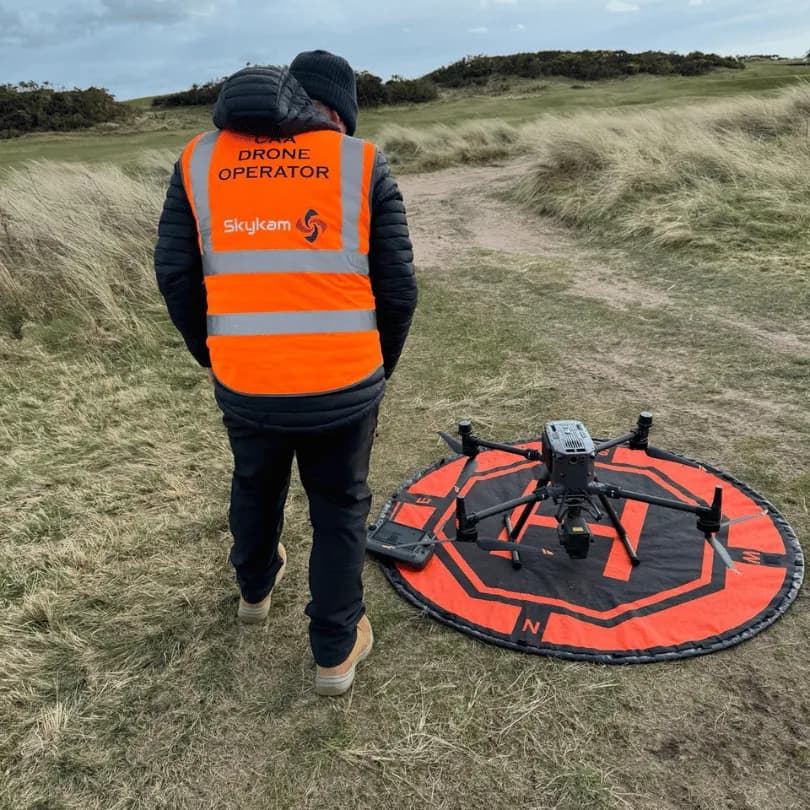
What About Drone Insurance?
While not always legally mandatory for recreational flyers, drone insurance is highly recommended for all drone operators and is a requirement for all commercial use.
Commercial Operations: If you are flying for commercial purposes, you must have valid third-party liability insurance that complies with EC 785/2004 regulations.
Recreational Flying: For hobbyists, insurance is not legally required but provides crucial financial protection. A simple mistake could lead to significant property damage or injury, and standard home insurance policies often do not cover drone-related incidents.
What it Covers: Drone insurance typically covers liability for damages or injuries to third parties. More comprehensive policies can also cover accidental damage to, or loss of, the drone itself.
Personally, I wouldn't dream of flying without it, even on a recreational flight. I've seen a sudden GPS glitch cause a drone to drift unexpectedly—it’s just not worth the financial risk.
Drone Flying Etiquette and Best Practices
Following the law is essential, but being a responsible drone pilot also involves good etiquette to ensure you don't negatively impact others or the environment.
Be Mindful of Wildlife: Avoid flying near animals, especially in sensitive areas like nature reserves or during nesting seasons. The noise and presence of a drone can cause significant stress to wildlife. If I see a bird acting aggressively towards my drone, I land immediately. That photo is not worth stressing a nesting eagle.
Respect the Peace: Drones can be noisy. Avoid flying for extended periods in quiet, tranquil areas like parks or remote beauty spots where people go to escape noise.
Communicate Clearly: If you're flying near other people, have a friendly word with them first. Explaining what you're doing can prevent misunderstandings and complaints.
Perform Pre-Flight Checks: Always check your equipment, battery levels, and weather conditions before you take off to prevent accidents.
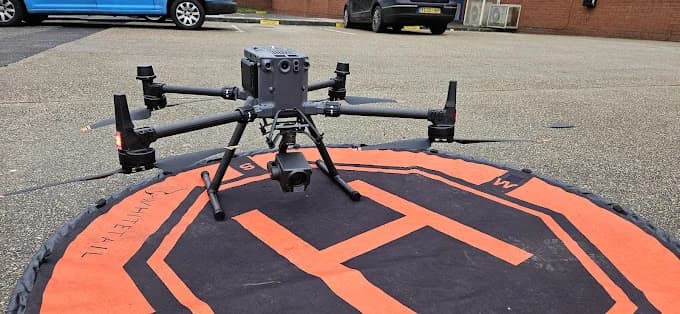
How can I identify no-fly zones, airports, and other restricted airspace in Scotland?
Scotland's airspace contains numerous restricted zones that you must identify before every flight.
The CAA's Drone Assist app provides real-time information about airspace restrictions, no-fly zones, and temporary flight limitations across Scotland. This free mobile application shows airport boundaries, military zones, and areas requiring special permissions.
You'll find detailed airspace maps on the NATS Drone Safety Map website, which displays Flight Restriction Zones (FRZs) around airports and aerodromes. These zones typically extend five kilometers from airport boundaries and require authorization before flying.
Check NOTAMs (Notices to Airmen) for temporary restrictions related to emergency operations, royal visits, or special events. The Drone Safe website consolidates this information into an accessible format.
My personal pre-flight checklist always includes checking at least two different apps for the location I'm about to fly in, even if I've flown there a hundred times. Airspace rules can and do change temporarily without notice.
What are the legal penalties for breaking drone laws in Scotland?
Understanding airspace restrictions is only part of responsible drone operation—you must also know the consequences of violations. Breaking Scotland's drone laws can result in serious penalties, including:
Fines: The Civil Aviation Authority can impose penalties up to £2,500 for violations like flying without proper registration or operator ID. Criminal prosecutions may result in fines reaching £5,000 or more for endangering a drone.
Imprisonment: Flying in restricted airspace near airports can lead to imprisonment for up to five years.
Drone Confiscation: The CAA and police have the authority to confiscate your drone and revoke your operator privileges.
Civil Lawsuits: Violating privacy under data protection laws can lead to additional substantial fines and civil lawsuits.

Where can I find the most up-to-date official guidance on Scottish and UK drone regulations?
Staying informed about drone regulations requires accessing official sources directly from the Civil Aviation Authority (CAA), which serves as the UK's primary aviation regulator.
You'll find comprehensive drone guidance at www.caa.co.uk/drones, where the CAA publishes current rules, operational requirements, and registration procedures.
For operator ID and flyer ID registration, visit www.register-drones.caa.co.uk. This portal handles all UK drone registrations, including those in Scotland. The UK Aviation Act and Air Navigation Order contain the legal framework governing drone operations. You can access these documents through www.legislation.gov.uk.
Additionally, check the Drone and Model Aircraft Code (Dronesafe), available through dronesafe.uk, which provides practical guidance for recreational and commercial drone operators. For Scotland-specific airspace restrictions and temporary flight zones, consult the NATS Drone Assist app or visit www.nats-uk.ead-it.com.
These resources offer real-time airspace information and help you plan compliant flights within Scottish territory.
Need a Compliant Drone Pilot for Your Scottish Project?
Navigating Scotland's drone regulations requires careful planning, the right qualifications, and deep local knowledge. For businesses needing to guarantee compliance, the most effective solution is to hire an expert.
This is where HireDronePilot solves the problem. Our network includes GVC and A2 CofC certified drone pilots across Scotland who are fully insured and experienced in operating within the CAA's legal framework.
As the UK's premier managed marketplace, we specialise in connecting businesses with verified professional drone pilots for hire. Our platform allows you to streamline drone services through competitive bidding, ensuring quality, compliance, and value for every aerial project across the United Kingdom.
To find a qualified operator for your specific needs, visit us at https://hiredronepilot.uk/.
Don't let regulatory complexity ground your project—post your requirements today and get quotes from compliant Scottish drone pilots you can trust.
About the Author

Written by
Peter Leslie
Peter Leslie is a CAA-approved commercial drone pilot with 10+ years experience and over 10,000 flight hours. He holds the GVC and A2 CofC drone licences with full CAA Operational Authorisation. Peter is a member of ARPAS-UK, the UK's non-profit trade association for the drone industry. He founded HireDronePilot to connect UK businesses with qualified, insured drone operators.
Looking for More Drone Work?
Join the UK's leading network of professional drone pilots and grow your business.
Open Access
Bid on any job - all jobs open to all pilots
Grow Revenue
Access high-value commercial projects
Stay Busy
Fill your schedule with regular work
Related Articles

Our Drone Survey Service In Stirling, Scotland
Bringing you Stirling drone survey data from areas no one else can fly.

How Much Does A Drone LiDAR Survey Cost
Forecasting your drone LiDAR survey cost requires understanding what's hidden beyond the initial quote.

Step By Step Process Of Drone LiDAR Survey
Next, discover the crucial post-flight steps that determine your survey's success.
